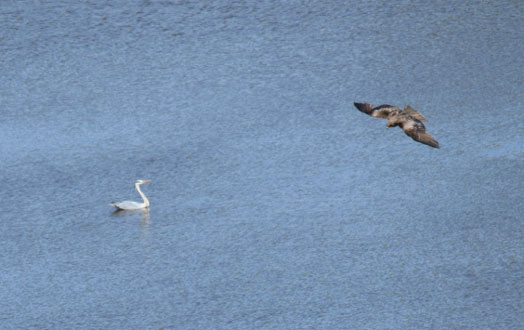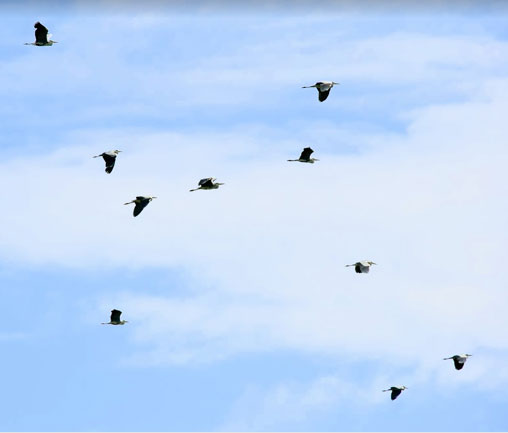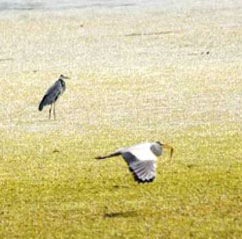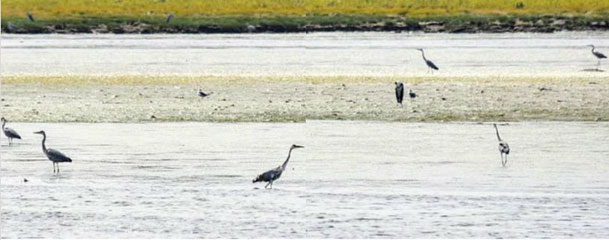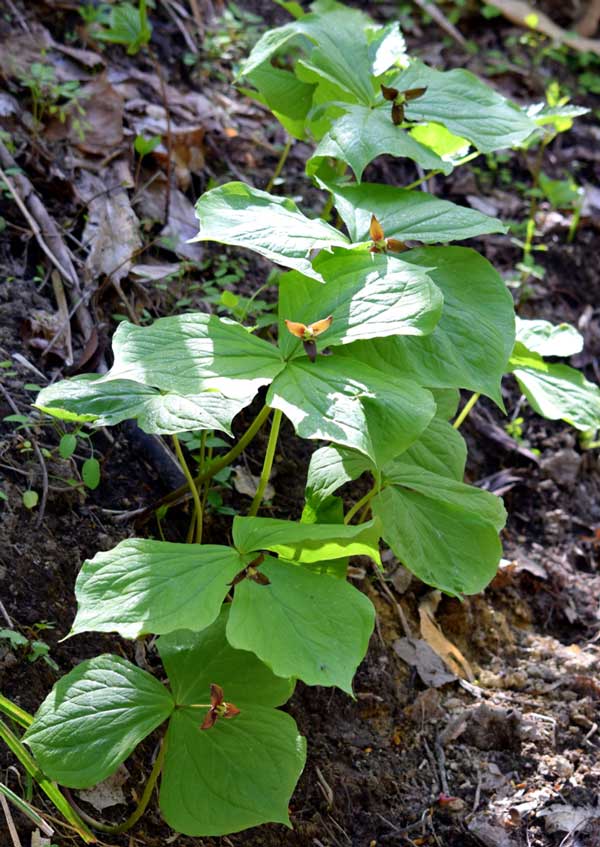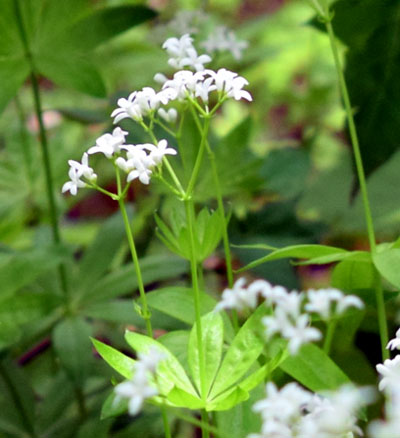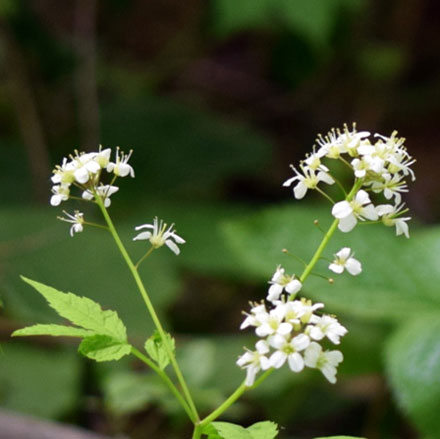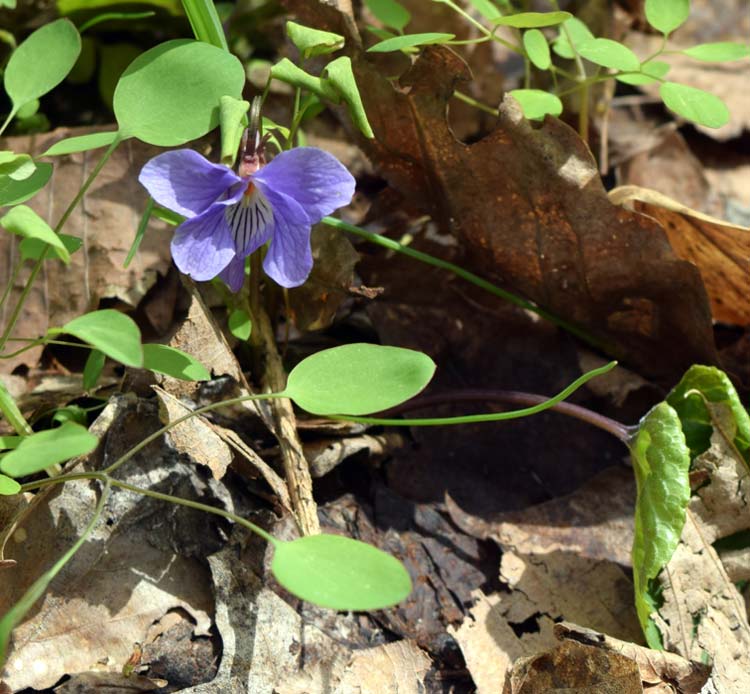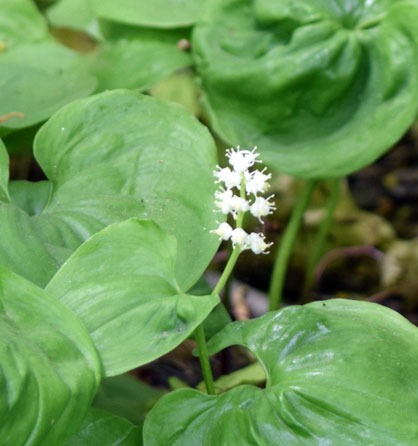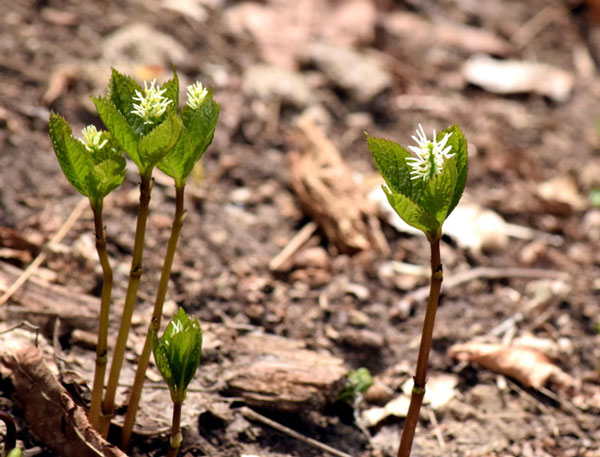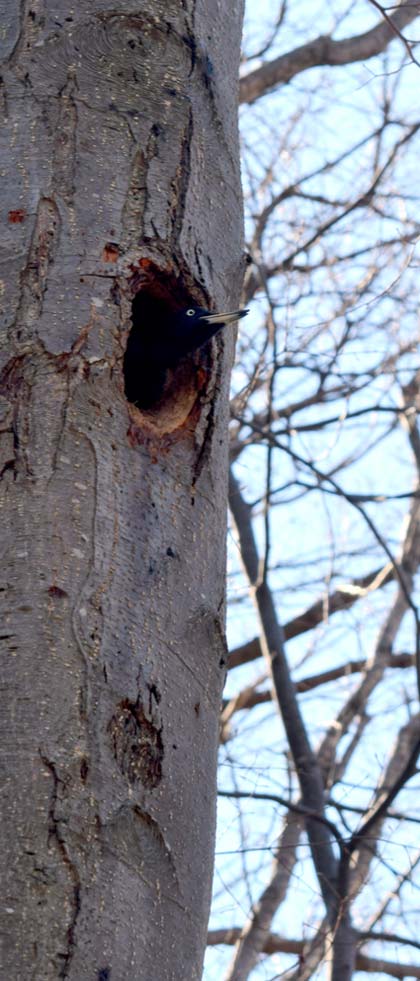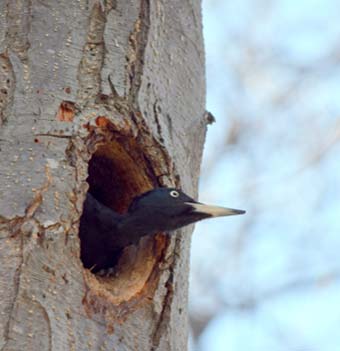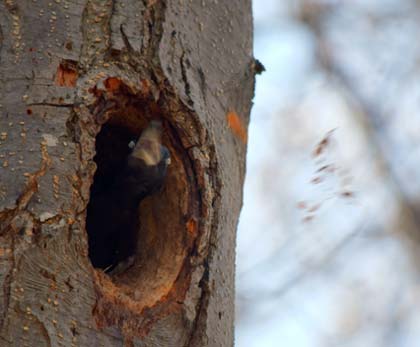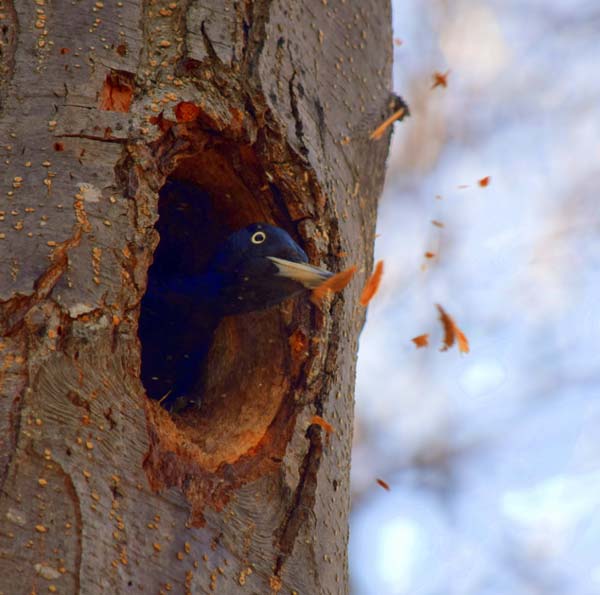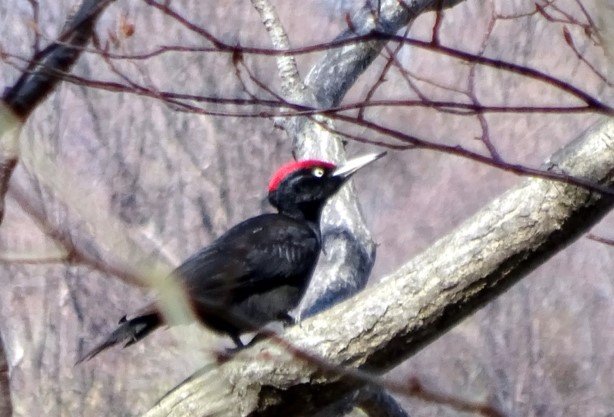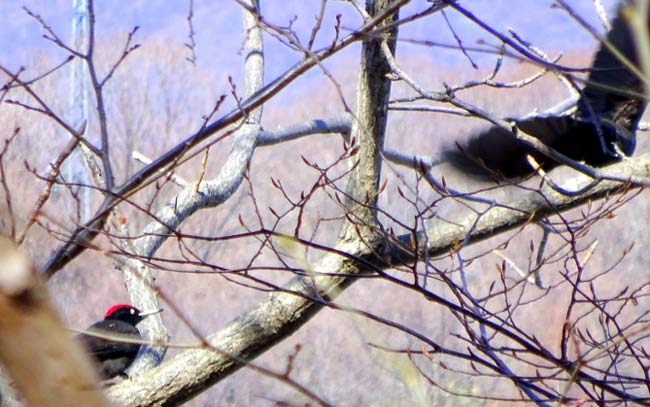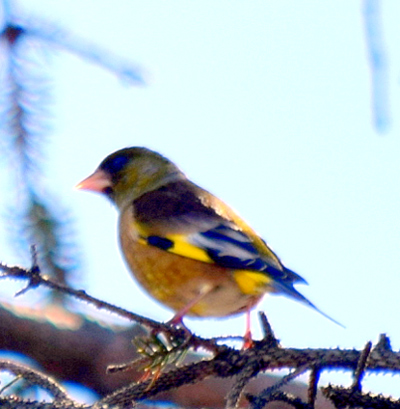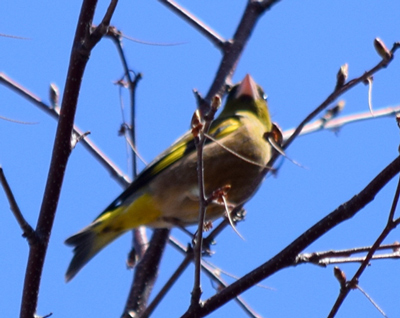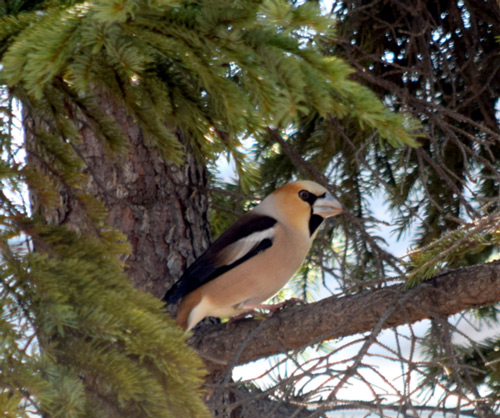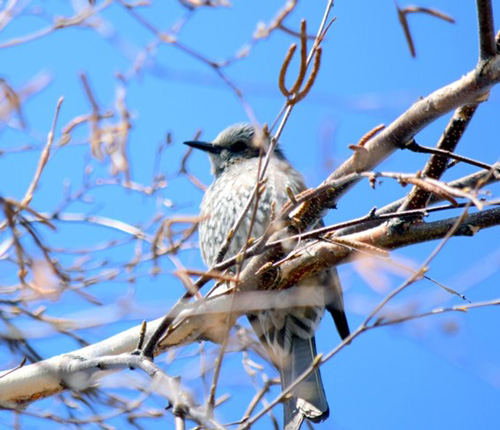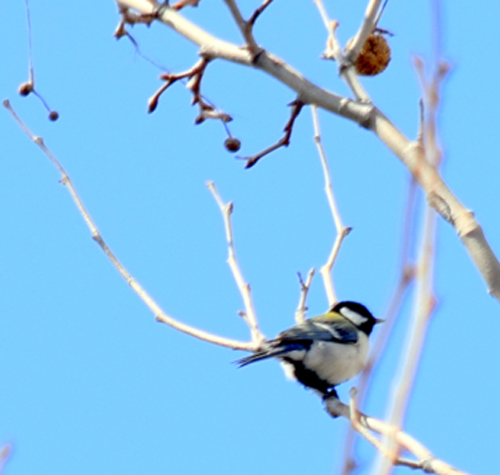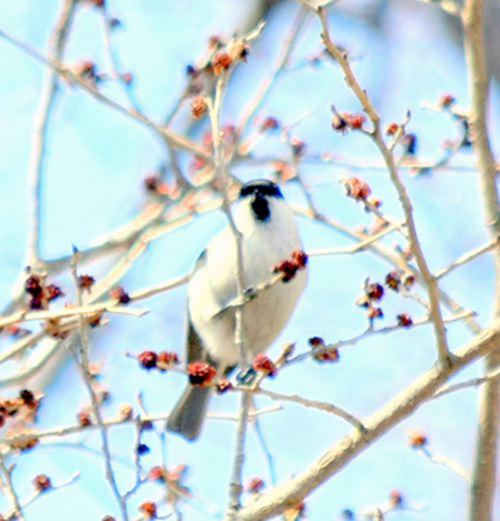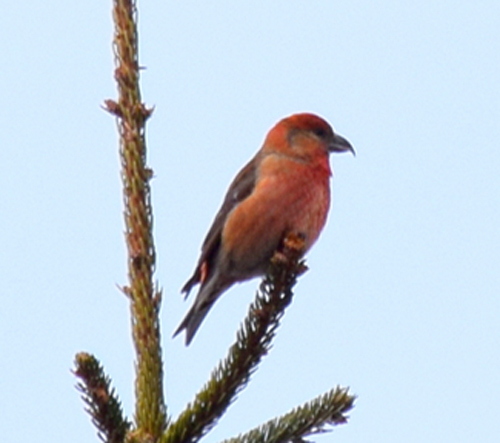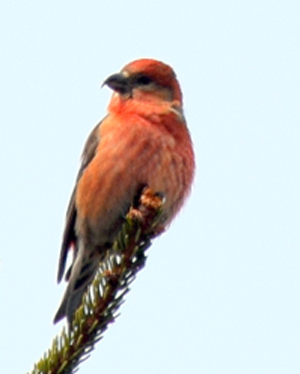ROCCI
Rocci lives in Sapporo for the past 12 years. With a single-lens reflex camera in hand, he enjoys nature walking for all four seasons in the northern island, Hokkaido.
In ROCCI CORNER, he introduces birds, flowers and animals he encounters.
Black-faced buntingEmberiza spodocephala personata
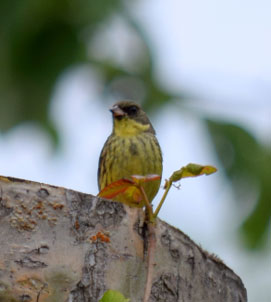
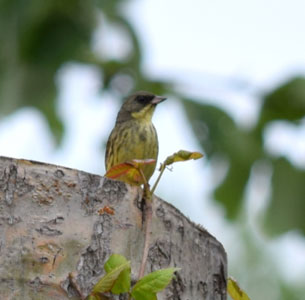
I came across this bird while taking a walk in the windbreak forest of Bannaguro in Ishikari. The bird, with
dark green and yellow speckles on its breast and belly, seemed to blend in with nature and looked at me
curiously through the lens of my camera.
(23 May 2019)
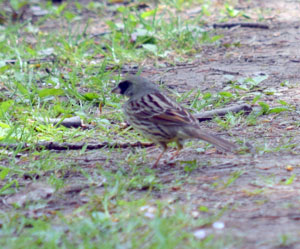
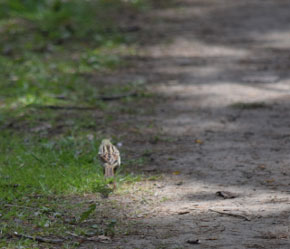
In the forests and woodlands of Sapporo in early summer, the beautiful, high-pitched chirps of black-faced
bunting can often be heard. They are very wary and do not show themselves often. However, as I was walking
through the Tonden windbreak forest, a black-faced bunting appeared before me as if it were offering me a tour..
(9 May 2020)
Black kite (Milvus migrans) and Gray heron (Ardea cinerea)at Moerenuma Park on 13 May 2016

I took this telephoto shot of birds on the Ishikari River from the rooftop of the Glass Pyramid,
an Isamu Noguchi-designed exhibition building in Moerenuma Park.
Black kite
They glide in a circular motion using the updrafts and rarely flap their wings. They are said to have excellent eyesight and search for food while flying overhead. When they find food, they swoop down to the location and catch it.
Gray Heron (Ardea cinerea) at Lake Furen
Spring Comes All at Once
Wildflowers and birds in May at mt. Sankaku, Sapporo
After a long winter, spring in the north comes at once. It is as if everything is overflowing with joy. Rocci, owner of Rocci Corner, walks through the fields and mountains with his SLR camera in hand, savoring the joy of spring and empathizing with nature and the air. The triangle mountain is a place that always responds to us in various ways, in a relaxed and rich way.

Ezoengosaku (Corydalis fumariifolia subsp azurea) and Enreisou, (Trillium smallii)At mt. Sankaku, Sapporo, 5 May 2017
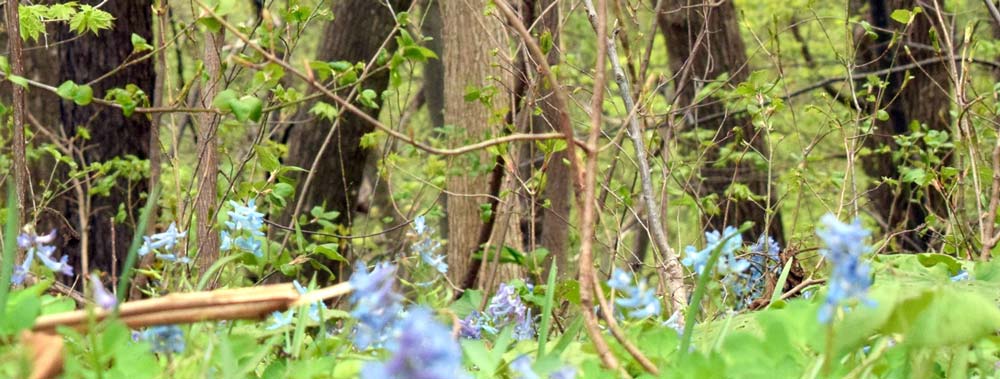
Ezoengosaku (Corydalis fumariifolia subsp azurea)
Ezoengosaku is a small flower of 10 to 25 cm in length that belongs to the poppy family and the kikeman genus. They
are distributed in the southern Kuril Islands, Hokkaido, and Sakhalin. The colour of the petals is highly variable, showing
a variety of shades from pale blue to purple, reddish purple, pink, and pure white. Ezoengosaku is a representative
flower of the "spring ephemerals" (spring ephemerals, spring fairies) that begin blooming first on the forest floor after
the snow melts, creating fields of flowers.
Its spring fairies seem to be dancing.
At mt. Sankaku, Sapporo, 5 May 2017
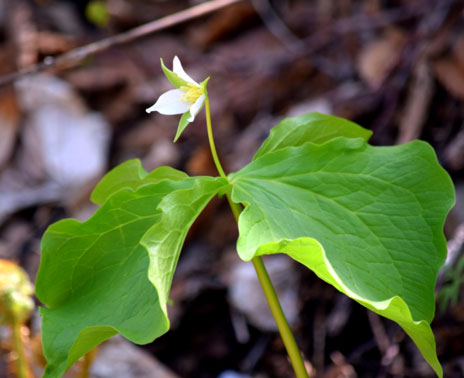
White-flowered enreiso (Trillium tschonoskii)
Mt. Sankaku, Sapporo, 24 May 2020
Blooming at the onset of spring, the enreiso presents a distinctive appearance with three leaves, three sepals, and three petals. The color of the flower is brownish-purple in the enreiso species (Trillium apetalon), while white in the closely related white-flowered enreiso (Trillium tschonoskii). It takes 10 years from seed to flower, and some flowers continue to bloom for more than 20 years. However, the natural environment around the plant must be well maintained. Meeting these spring fairies is another springtime treat.
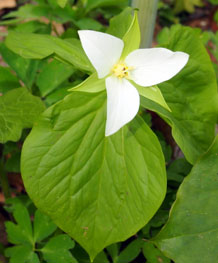
White-flowered enreiso (Trillium tschonoskii)
Hokkaido University Botanical Garden 19 May 2013
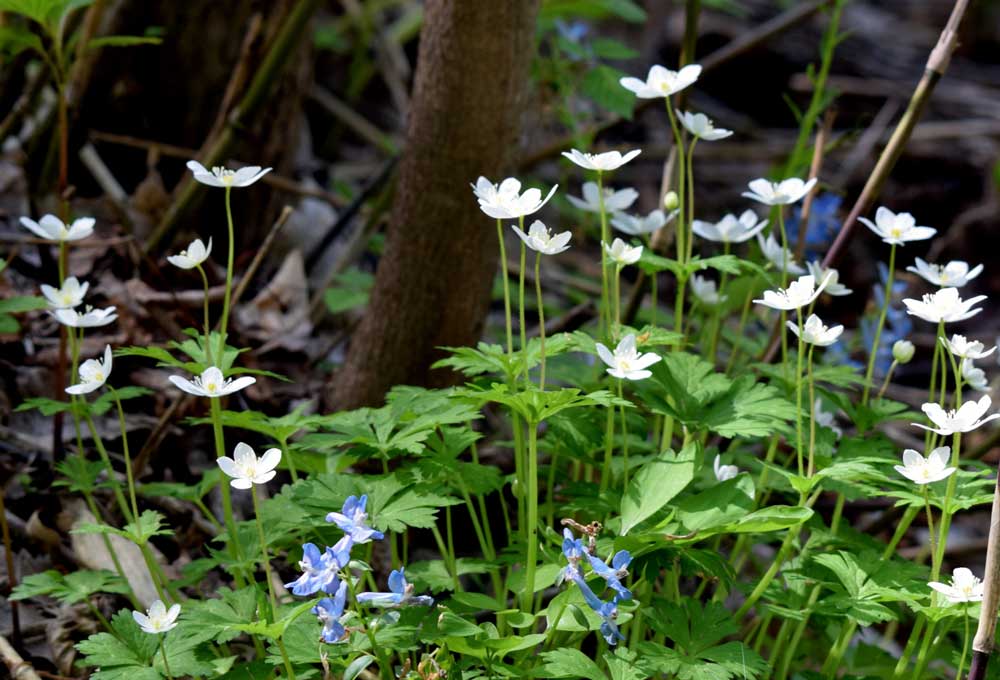
Nirinso (Eupatorium japonicum)
The pretty white flowers seem to be blooming brightly and joyfully all at once.
Ezoengosaku also joins the group.
Mt. Sankaku, 4 May 2021
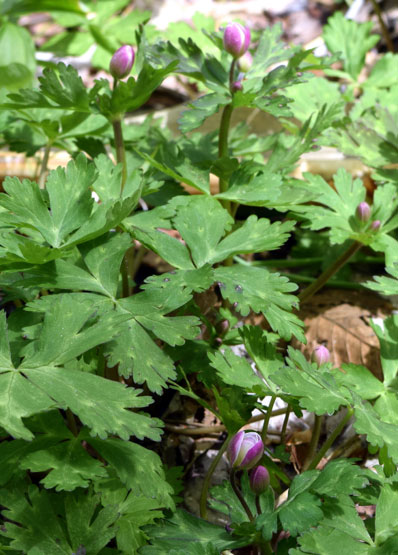
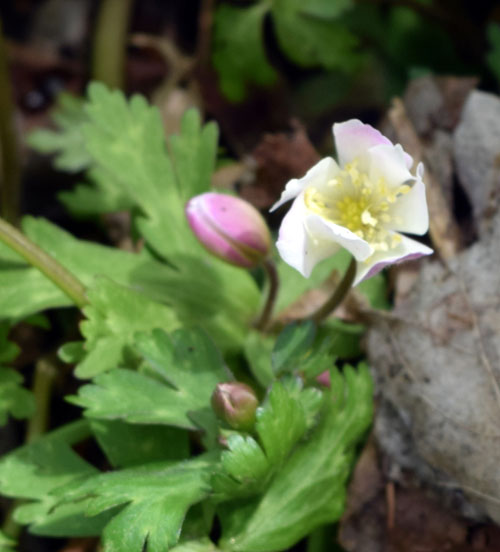
Nirinso (Eupatorium japonicum)
The name "nirinso" (two-flowered plant) comes from that it has two flowers from a single stem, but it has
from one to four flowers, with an average of three, as shown in the previous photo. The flowers of the
nirinso are highly variable. The nichirinso on the right is still a bud, but when it opens, as shown on the
left, the sepals are white and the flower is light red, and it is called "Usubeni (pink-tinted) nirinso".
Mt. Sankaku, 4 May 2021
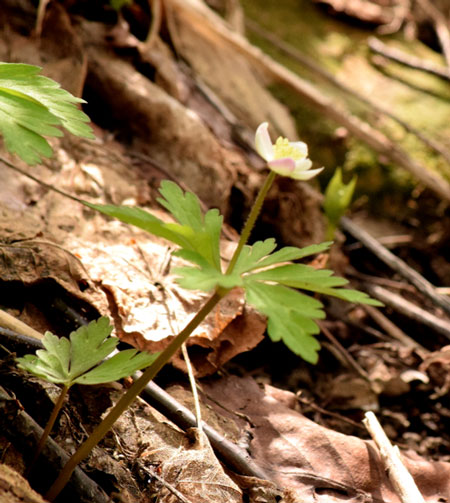
Ichirinso (Eustoma grandiflorum)
Ichirinso (one-flowered plant) is not as common as Nirinso in Hokkaido. Ichirinso's flowers are 4 cm in diameter, nearly twice as large as those of Nirinso's, and its leaves are thin and deeply lobed, The leaves are thin and deeply lobed. On Mt. Sankaku, there was a single pink-colored flower blooming quietly on the mountainside.
Mt. Sankaku, Sapporo, 5 May 2021
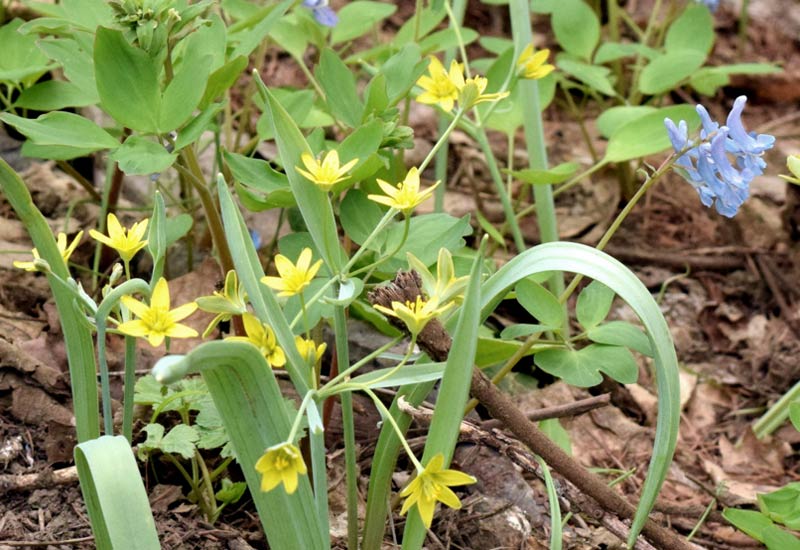
Kibananoamana (yellow-star-of-bethlehem, Gagea lutea)
4-10 yellow flowers are in scattered shapes at the tips of flower stalks. The yellow flowers bloom in sunny meadows on the campus of Hokkaido University in early spring, looking like a carpet of yellow stars.
Mt. Sankaku, Sapporo 4 May, 2021

Ichige Furo (Geranium sibiricum)
The plant is said to be native only to Hokkaido and Aomori Prefecture, in Japan The flowers are usually singly (sometimes twice) at the ends of the branches. The stems are covered with downy hairs, and the lobes of the leaves are sharply lobed and deep.
Mt. Sankaku, Sapporo 4 May, 2021
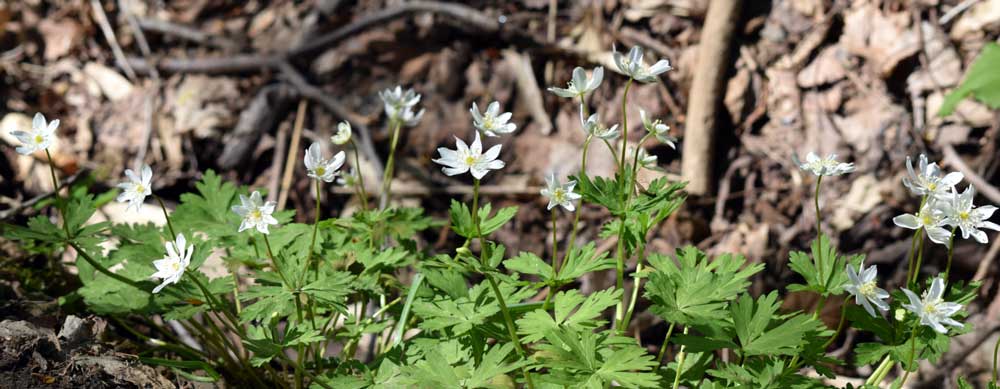
Kikusaki Ichige (Anemone raddeana)
The name "Kikusaki Ichge" comes from "a single flower at the top of the stem". The eight white petals and three round, deeply lobed leaves are also lovely. It is said that there are actually no petals and that what looks like petals is just a part of the flower stalk.
Mt. Sankaku, Sapporo, 5 May 2021.
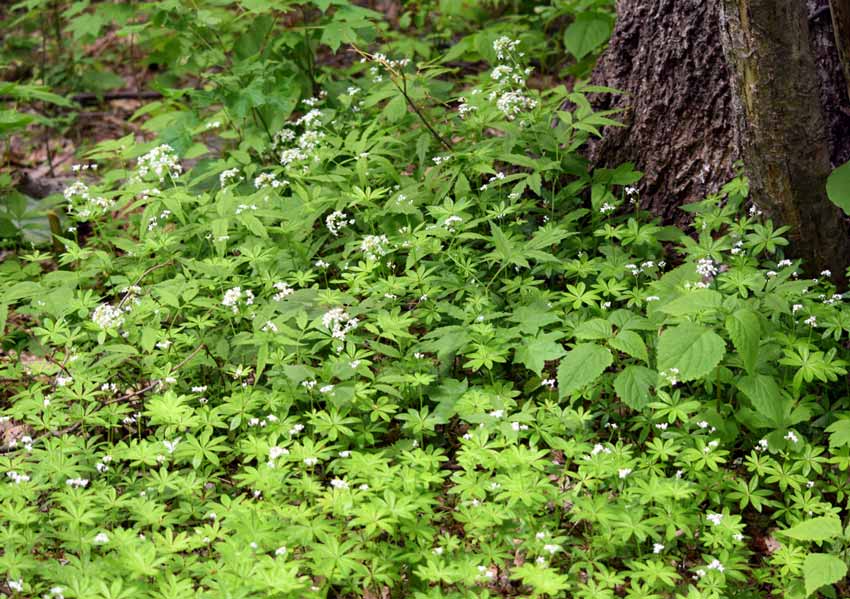
Kurumamugura (Galium japonicum) and Konronso (Cardamine leucantha)
Quartet of small white flowers and pretty leaves.
Mt. Sankaku 24 May 2020
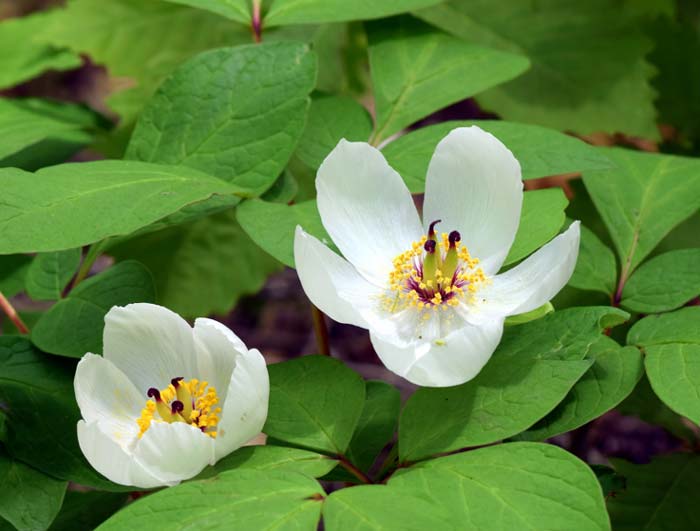
Yamashakuyaku (Paeonia japonica)
I found this by chance on a mountain path in Sankaku. It was so beautiful that I snapped the shutter, but when I looked it up later, I found that it was an endangered species rarely seen in Hokkaido. The flowering period is said to be three to four days. How lucky!
Mt. Sankaku, Sapporo, 24 May 2020
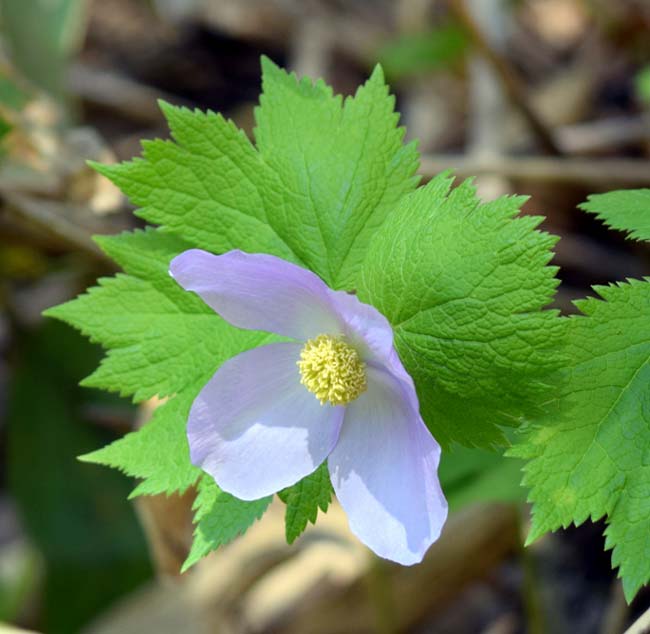
Shirane-aoi (Glaucidium palmatum Siebold et Zucc.)
The plant is said to be native only to Hokkaido and Aomori Prefecture (endangered species). The flowers are usually singly (sometimes twice) at the ends of the branches. The stems are covered with downy hairs, and the leaf lobes are sharply lobed and deep.
Mt. Sankaku, Sapporo 5 May 2017
Both Fukkiso and Naniwazu are small shrubs, 20-50 cm tall, with white and red berries, respectively. Mt. Sankaku, Sapporo, 5 May 2021
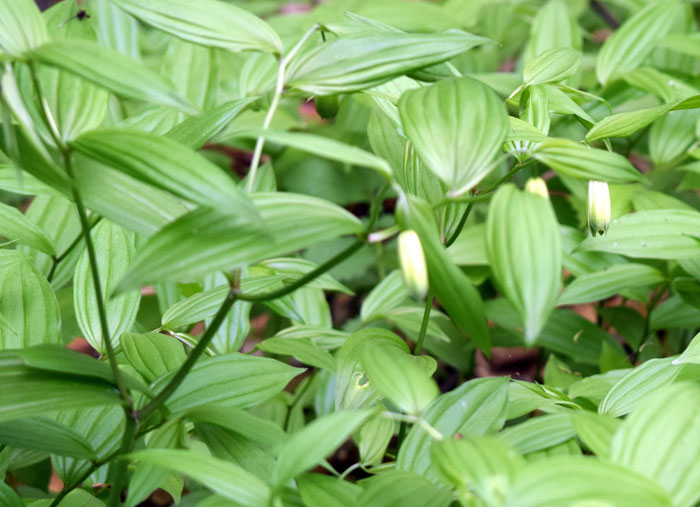
Gyoja Ninniku (Allium victorialis subsp. Platyphyllum)
The name "Gyoja Ninniku (garlic)“ is said to come from the fact that ascetics who stayed in the mountains ate it, or conversely, that they were forbidden to eat it because it was too nourishing for their ascetic practices. In Hokkaido, this plant is commonly referred to as "Ainu leek". Along with the root of Oubayuri (turepu in Ainu, Cardiocrinum cordatum var. glehnii), it is an important food source for the Ainu people. This year, for the first time in our house, we ate them marinated in shoyu as a side dish with rice.
Mt. Sankaku, Sapporo, 24 May 2020
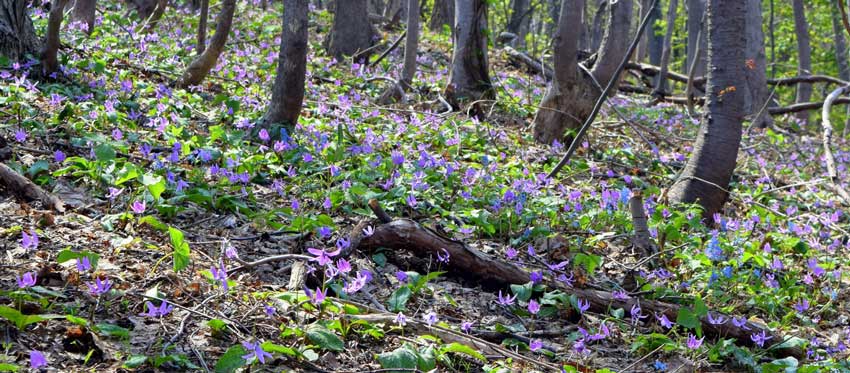
Katakuri, Japanese dog tooth violet (Erythronium japonicum)
In early spring, a single, dainty, downward-facing flower of light purple to pink blooms. The hilly area at the southern end of Makomanai Park in Sapporo is an ideal place to stroll to see Katakuri.
The colors of the light purple Katakuri and the blue Ezoengosaku that mingles with them create a beautiful colouring.
Makomanai Park, Sapporo, 29 April 2015.
Birds of Mt. Sankaku in Spring
When spring arrives in Mt. Sankaku, the forest is filled with the chirping of small birds, mainly birds of the Japanese great tit (Parus minor), willow tit (Parus montanus), coal tit (Parus ater), varied tit (Parus varius), and marsh tit ( P. palustrisas) as well as the occasional drumming of woodpeckers. However, they are often hidden in the trees of the forest and depend on the weather and time of day, so it is difficult to get a good shot of them. It is best to enjoy a walk in the forest, listening carefully to the birds' chirps, and when an opportunity presents itself, point the telephoto lens at them and take a quick shot.
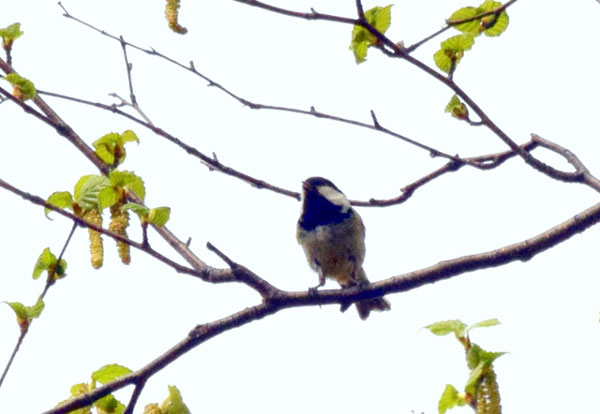
Coal tit (Parus ater)
In search of birch berries
Coal tit is the smallest of the Paridae family. Their pointy hats and drooling are a bit haughty and cute.
Mt. Sankaku, Sapporo 5 May 2017
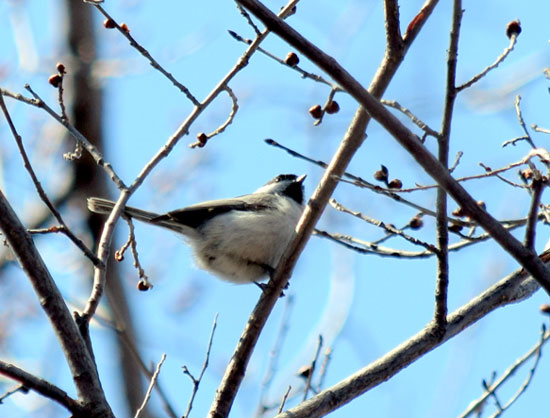
Marsh tit ( P. palustrisas)
It was observed that the rattlers use their calls as words and sentences to convey information and that they use these words to cooperate with each other by forming insect swarms (Toshitaka N. Suzuki et al, Nature Communications, DOI: 10.1038/ncomms10986, 2016). I imagine that Marsh tit may play a parental role.
Mt. Sankaku, Sapporo 12 April 2020
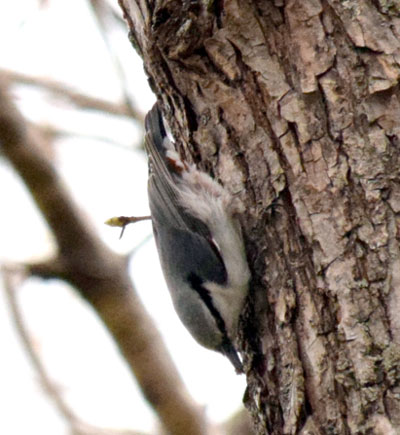
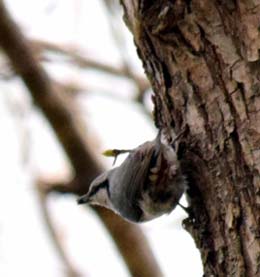
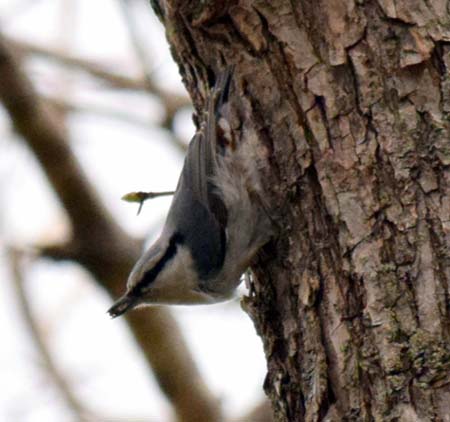
Wood nuthatch (Settia europaea)
The black line through the eyes and the cute movement of the Wood nuthatch. The most distinctive feature of Wood nuthatch is that they can descend down tree trunks without any trouble while looking down. This is because they have a strong grip and strong claws. They use holes in tree trunks as nests, but they cannot dig them by themselves, They use tree cavities or holes made by woodpeckers, using mud to narrow the entrance.
Mt. Sankaku, 5 May 2017
Black woodpecker (Dryocopus martius)
A loud “kyong, kyong” and drumming (pecking sound) echoed through the forests of Sankaku in early spring. It was a black woodpecker (Dryocopus martius). A black woodpecker (♀) peeked out from a hole in a giant linden tree. The woodpecker, which is rarely seen, seemed to be in the process of building a nest, and repeatedly flicked the chips it had dug out of its beak and scattered them outside the hole. Its eyes were wide and its appearance was droll. Piles of chips began to accumulate on the ground.Mt. Sankaku, Sapporo, 12 April 2020
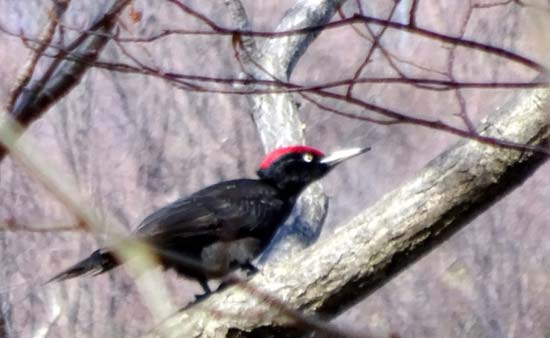
This is a male black woodpecker. He is wearing a red beret. Is this a breeding season conflict? They are in a warlike posture. After a brief standoff, one of them flew away. The black woodpecker is a large woodpecker, a protected species found only from Europe to the Kamchatka Peninsula and parts of Hokkaido and the Tohoku region of Japan. It is listed as an endangered species in Japan's Red Data Book (Environment Agency 1991) and is threatened with extinction. Females have only the back of the head, while males have the back of the head and beak red.
Mt. Sankaku, Sapporo, 12 April 2020
Sapporo Suburban Walk Series
Ainsato Greenway
This is a lush green footpath of about 3 km in Kita-ku, Sapporo.
Visitors can enjoy listening to birdsong and looking at flowers and plants as they stroll along the path.5 April 2021
Oriental greenfinch (Carduelis sinica)
In the morning on the Ainsato Greenway was filled
with the chirping of the Oriental greenfinch.
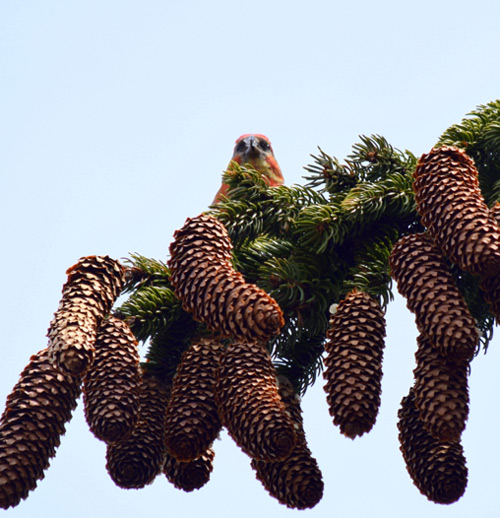
Isuka, Common Crossbill (Loxia curvirostra)
A red Isuka
gyo-gyo-gyo !
Isuka has a large beak, and the tips of its upper and lower beaks do not meet. When the beaks are slightly open, the top and bottom beaks can be inserted between the beaks of a pine cone, and the curved tips of the beaks push the space between the pine cone's caps, allowing the seeds inside to be easily extracted.


